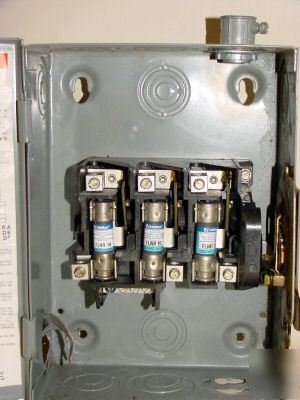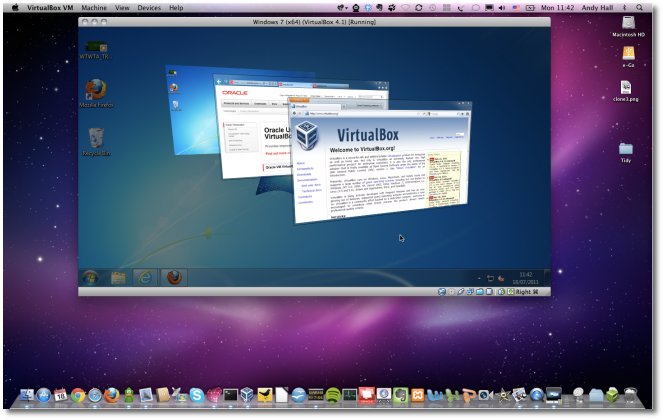

- #XTRAFINDER WAS NOT INSTALLED PROPERLY HOW TO#
- #XTRAFINDER WAS NOT INSTALLED PROPERLY INSTALL#
- #XTRAFINDER WAS NOT INSTALLED PROPERLY UPDATE#
- #XTRAFINDER WAS NOT INSTALLED PROPERLY SOFTWARE#
- #XTRAFINDER WAS NOT INSTALLED PROPERLY PASSWORD#
The danger, however, is that if I can inject my own code into any other app, other software potentially could too! You don't need to be particularly creative to imagine the mischief an evil app could cause if it could modify every other app on your machine. When an app does something I don't like-whether it's Zoom making all its windows rudely float on top, or the Dictionary app not respecting my Mac's proxy settings-I can go ahead and change it.
#XTRAFINDER WAS NOT INSTALLED PROPERLY HOW TO#
I've recently been learning how to swizzle methods in Objective C when SIP is off, you can use this to replace code in existing apps, which is really quite fun. Suffice to say, disabling SIP grants you a great deal of power over the way your Mac operates. Apple also made it possible to individually disable certain restrictions-for instance, running csrutil disable & csrutil enable -without debug will allow injecting code into protected processes, but still leave SIP's other protections in tact. Disabling SIP reverts your computer to the traditional UNIX behavior of letting root do whatever the heck it wants.

For the first time on the Mac, Apple decided to define a set of actions which they believed no user or program-even one with root privileges-should ever be able to perform! Among these restrictions included installing kernel extensions from unidentified developers (the "kext" protection), injecting code into projected processes, such as apps made by Apple (the "debug" protection), and writing to certain protected system directories (the "fs" protection).Īpple called this new set of restrictions "System Integrity Protection", or SIP for short, and they also made it possible for advanced users to disable, by running a Terminal command from within recovery mode. As recently as OS X 10.10 Yosemite, once you gave an app your root/administrator password, it was free to do anything it wanted, and macOS would not stand in its way.Īll of this changed with the release of macOS El Capitan in 2015.

MacOS, being itself a UNIX operating system, also behaved this way for many years. If you've ever been told not to run programs as root unless absolutely necessary, this is why. There is basically nothing the OS will not allow a root user to do, whether it's rewriting system files, adding code to other processes, adding code to the kernel, you name it. The Windows Installer registry settings are corrupted or configured incorrectly.On a traditional UNIX system-including many major platforms still in use today, such as Debian-any user or process with "root" privileges is considered to have absolute control over a machine. The Windows Installer Service is not running.
#XTRAFINDER WAS NOT INSTALLED PROPERLY INSTALL#
You install or remove a program that uses the Microsoft Installer Service before you try to install the program on your computer. This issue occurs when one or more of the following conditions are true: Select the program in the list that you want to install.Ĭlick Uninstall (or Uninstall/Change in Windows Vista), and then follow the instructions or prompts to uninstall the application. If an earlier version of the program that you want to install is already installed on the computer, follow these steps:Ĭlick Start, click Control Panel, and then click Uninstall a Program under Programs. Restart the installation process for the program that you want to install.
#XTRAFINDER WAS NOT INSTALLED PROPERLY PASSWORD#
If you are prompted to enter an administrator password or provide confirmation, type the password, or click Continue.Ĭlick Yes when you are prompted to install the registry keys. On the Desktop, right-click Msirepair.reg, and then click Run as administrator. On the File menu, click Exit to close notepad. In the Save in box, click Desktop, and then click Save. In the Save as type box, click All Files (*.*). Windows Registry Editor Version File, click Save As, and then name the file Msirepair.reg. Under the Programs heading, click Notepad.exe.Ĭopy the following text, and then paste it into a notepad:
#XTRAFINDER WAS NOT INSTALLED PROPERLY UPDATE#
Then, run the file to update the registry key.Ĭlick Start, and then type Notepad in the Search box. To reset the Windows Installer Service settings in the registry, create a registry file by using Notepad. For more information about how to back up and restore the registry, click the following article number to view the article in the Microsoft Knowledge Base: 322756 How to back up and restore the registry in Windows Then, you can restore the registry if a problem occurs. For added protection, back up the registry before you modify it. Therefore, make sure that you follow these steps carefully. However, serious problems might occur if you modify the registry incorrectly. Important This section, method, or task contains steps that tell you how to modify the registry.


 0 kommentar(er)
0 kommentar(er)
